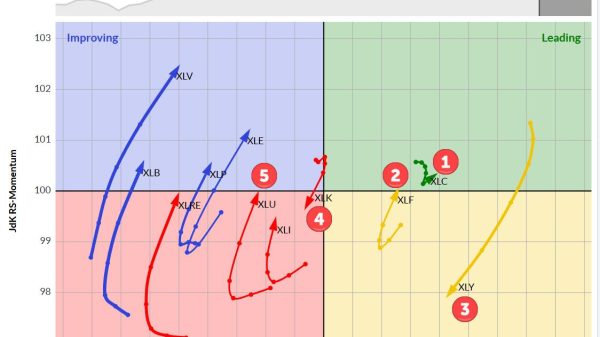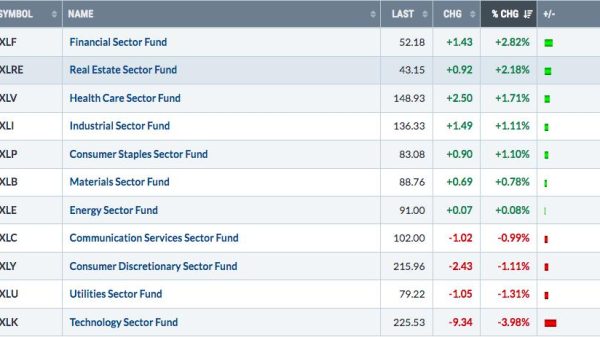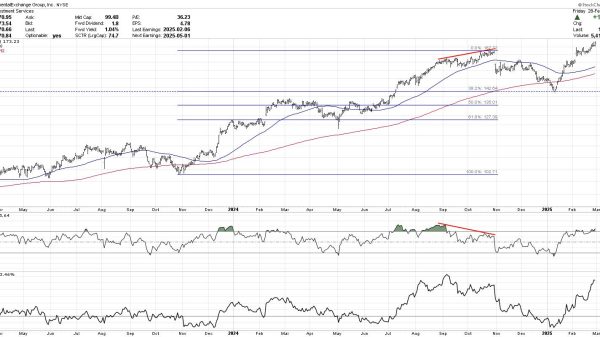MADRID — Spain is bracing for a week of temperatures as high as 40C that are forecast to shatter records for April, as officials laid out plans to open public swimming pools early and adapt school schedules, while meteorologists warned of the risk of wildfires.
Coinciding with a long-running drought, the cause of the predicted temperatures is “the progressive entry of a very warm and dry air mass from Africa coupled with atmospheric stability (meaning unchangeable weather) and strong sunshine,” Spain’s weather agency AEMET said on Tuesday.
These unseasonable temperatures would be “typical of summer”, AEMET added, with the mercury expected to creep up to 38-40 degrees Celsius (100-104 Fahrenheit) in the southern Guadalquivir Valley that includes the city of Cordoba.
That would be the highest figure for April since Spanish meteorological official data-keeping began in 1961.
The heat means large parts of the country would be at high or extreme risk of wildfires, AEMET said.
Ricardo Torrijo, a senior meteorologist at the agency, told Reuters the weather was a thermal ridge – or wave of high temperatures – extending from Africa to the Iberian Peninsula.
He said it did not meet the official definition of a heatwave, which occurs when the maximum daily temperatures are unusually hot over an extended period.
The government of the central Madrid region on Monday announced an action plan, including allowing schools to adapt their timetables around peak temperatures and to ensure air conditioning at health centers.
Under the plan, Madrid’s many outdoor swimming pools will open a month earlier than usual, in mid-May.
The capital’s subway system is also set to increase air conditioning and make trains more frequent to avoid overcrowding.
In the hottest region of Spain, the southwestern city of Seville has boosted its emergency services budget and brought in extra healthcare worker numbers in case of heat exhaustion during the “Feria de Abril” (April, or spring, fair) that last year attracted an estimated 500,000 revelers.
PROLONGED DROUGHT
Spain has seen 36 consecutive months of below-average rainfall. Reservoirs at 50% of their capacity – slightly higher than last year, but below the average of the last decade.
Environment Minister Teresa Ribera said the coming months were likely to be “complicated”.
“Apart from extreme episodes such as the one we will experience this week in terms of temperature, we will probably see average rainfall in May, June and July; but given that in recent months rain has been well below average, this would lead to a scenario of concern,” she said.
In response to the drought, the government announced tax breaks worth 1.8 billion euros ($1.98 billion) for 828,000 farmers whose crops are depleted.
The rebates involve a general reduction in taxes of 25%, but if crops such as olives or almonds are particularly affected, they could reach 50%. — Reuters























